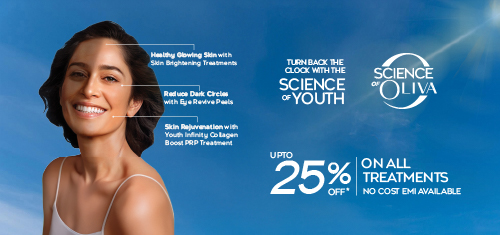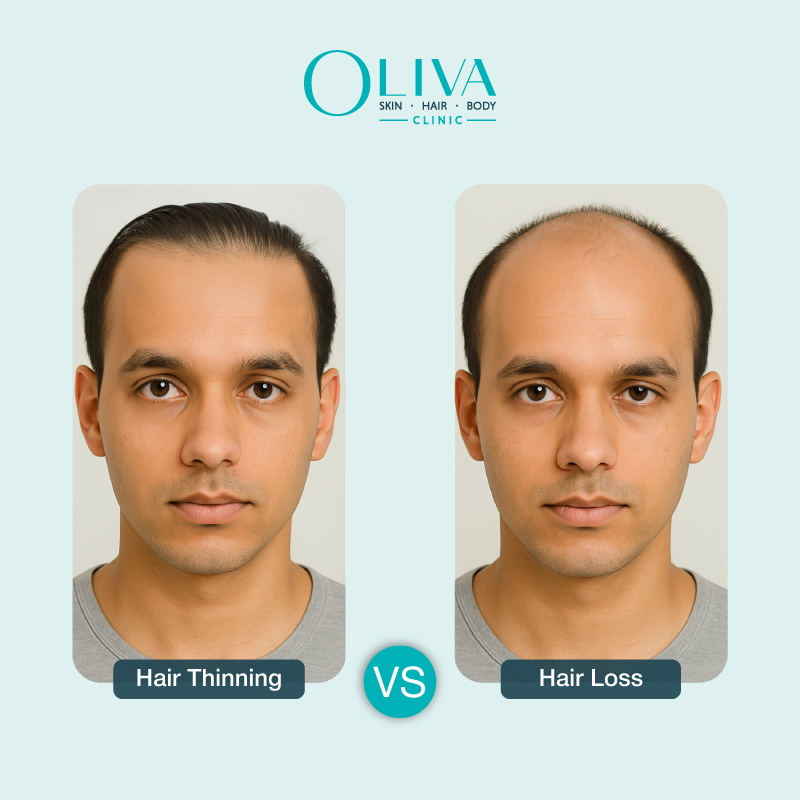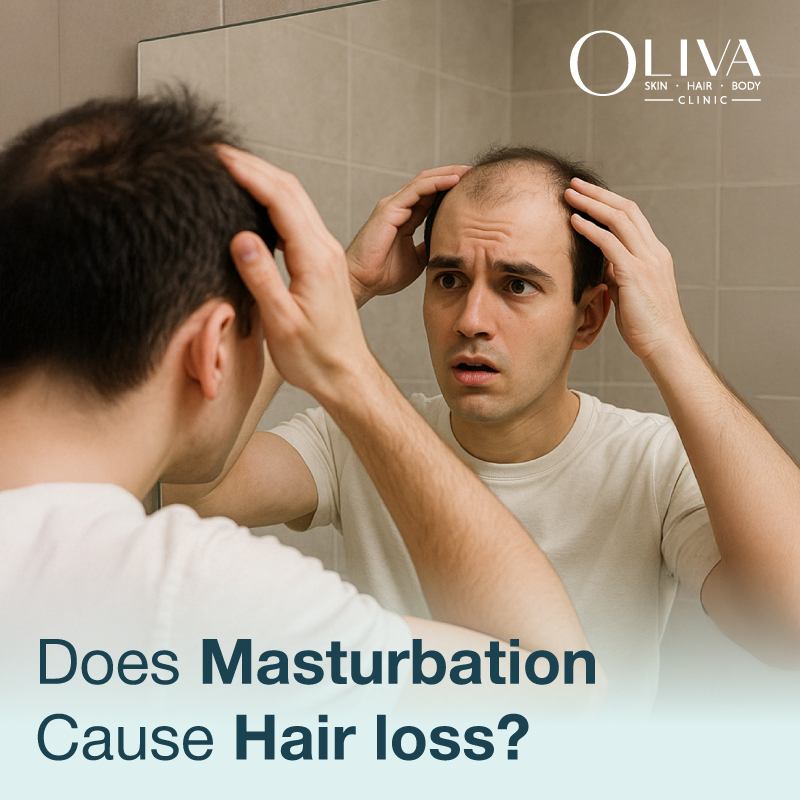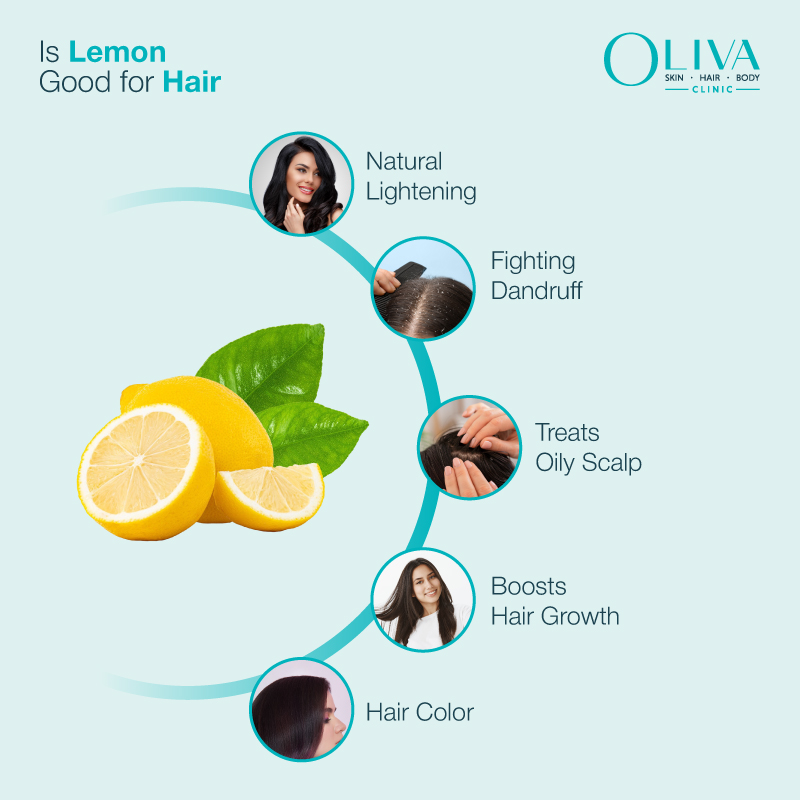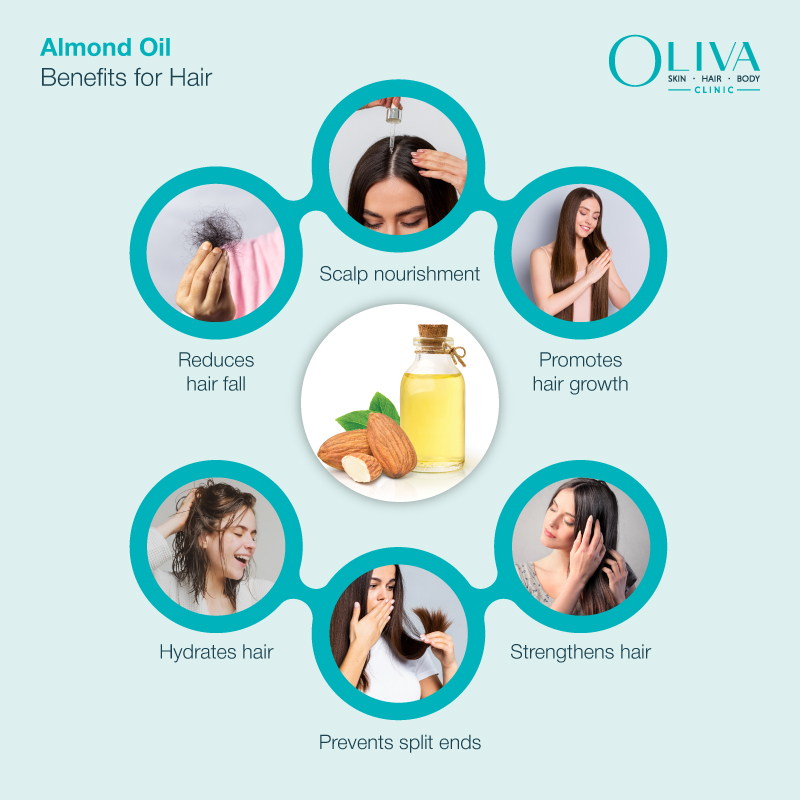Hair Care
Homemade Hair Mask For Hair Growth And Thickness: Natural DIY Recipes That Work
We all experience some type of hair issues, like dullness, frizz, dry or brittle hair. If you want to maintain healthy and shiny hair, hair masks are a popular solution. Hair masks made from natural ingredients offer nourishment to the hair, stimulate hair growth, repair damage, control hair fall and...
Hair Thinning vs Hair Loss: Key Differences, Causes & Best Treatments
Hair problems like hair thinning and hair loss might sound similar, but they are not. These are two different occurrences and have different effects on your hair. Most people find it difficult to differentiate between the two. If you are also confused about these two issues and trying to figure...
Does Masturbation Cause Hair Loss? Myths & Facts by Dermatologists
Many people are curious or even anxious about whether masturbation affects hair. With so much conflicting information online, it’s easy to see why searches like “does masturbation cause hair loss?” and “can masturbation cause white hair?” are so common. Here’s a science-backed, myth-busting guide that answers all your concerns in...
How To Reduce Hair Fall Naturally At Home – Oliva Clinics
If you are experiencing excessive hair loss and want to try home remedies for hair fall, this article is for you. It contains some of the best tried and tested home remedies for hair fall and tells you how to stop hair fall at home. It also explains the precautions...
Curd for Hair: Benefits, Uses & DIY Hair Masks
Everyone desires beautiful, thick and shiny hair. What if we told you that you can tackle your common haircare issues with one simple ingredient in your kitchen? You heard that right! Curd, a kitchen staple and a go-to in every Indian household, is a natural powerhouse for healthy hair. Whether...
7 Amazing Benefits of Flax Seeds for Hair Growth
Flax seeds, known for helping with weight loss management, have incredible health benefits for our hair, too. These brown-coloured tiny seeds nourish our hair and enhance the overall hair and scalp condition. This article will explore the benefits of flaxseeds for hair, how to use flax seed for hair growth,...
Is Lemon Good for Hair? Benefits, Uses & Side Effects Explained
The zesty lemons are a powerhouse of nutrients that can help your hair stay healthy. Lemons, loaded with antioxidants in the form of vitamin C, can be your go-to solution if you experience frequent dandruff, as it can balance the pH levels of the scalp. Let us take a closer...
Almond Oil for Hair: Top 16 Benefits & How to Use
Almond oil has been a popular beauty staple since time immemorial, especially when it comes to boosting hair health. From granny’s remedies to present-world science-backed formulations, almond oil for hair is considered a foolproof ingredient. Its nourishing properties come from vitamin E, magnesium, and other essential minerals that help strengthen...
Best Low Fade Haircuts For Men – 2025’s Trending Low Fade Hairstyle
Looking for a fresh, stylish, and versatile haircut? The low fade haircut is one of the most popular and timeless styles for men. Whether you prefer a sleek professional look or a trendy modern vibe, the low fade adapts to different hair types, textures, and occasions. But what exactly is...
Onion Juice For Hair Growth: How Does It Works For Hair Loss?
Onion juice is a natural remedy popular for hair growth. With its high sulphur content, onion juice for hair growth [1] effectively nourishes the scalp, strengthens hair follicles, promotes regrowth, and reduces hair fall. People use onion juice in different ways on their hair, like masks and packs. Hair loss...

